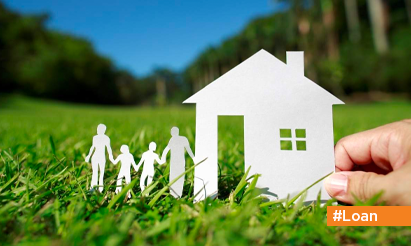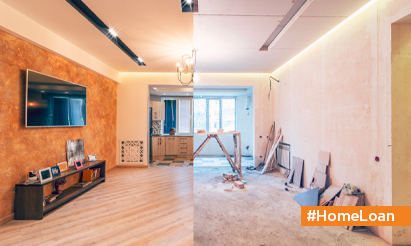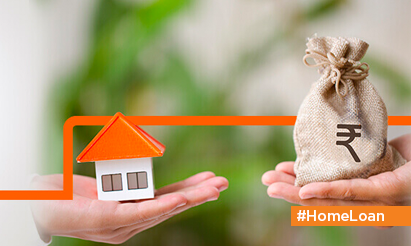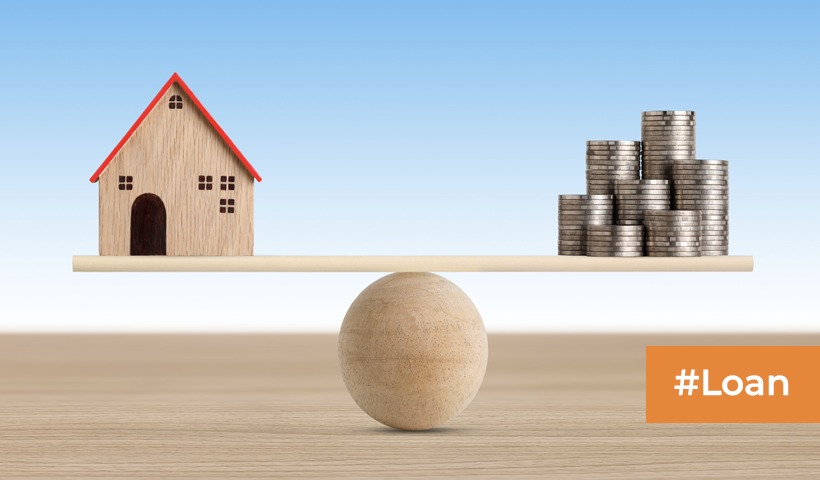Diving into the Dilemma: Fixed vs. Floating Home Loan Rates – Which Reigns Supreme?
When considering purchasing a home, one of the most crucial decisions you’ll face is choosing between fixed and floating home loan rates. Both options come with their own set of advantages and considerations, and understanding the differences between the two can significantly impact your financial journey as a homeowner. This article aims to provide an in-depth analysis of fixed and floating home loan rates, helping you make an informed decision that aligns with your financial goals.
Fixed Home Loan Rates: Stability and Predictability
Fixed home loan rates offer borrowers a sense of stability and predictability. With this option, your interest rate remains constant throughout the loan tenure, ensuring that your monthly mortgage payments remain unchanged. This can be particularly advantageous in a rising interest rate environment, as it shields you from potential future rate hikes. Fixed rates are ideal for individuals who prefer a steady budget and want to lock in a favorable rate for the long term.
Pros:
Predictable payments: Monthly installments remain constant, making it easier to budget.
Protection from rate hikes: Shielded from fluctuations in interest rates, providing financial security.
Long-term planning: Suitable for individuals planning to stay in the property for an extended period.
Cons:
Higher initial rate: Fixed rates often start higher than floating rates, potentially resulting in higher initial payments.
Limited flexibility: Miss out on potential savings if market rates decrease.
Prepayment penalties: Some fixed-rate loans may impose penalties for prepaying the loan before the tenure ends.
Floating Home Loan Rates: Market Dynamics and Potential Savings
Floating home loan rates, also known as variable or adjustable rates, are linked to a benchmark interest rate (such as the Prime Lending Rate) and can change periodically. Your monthly payments may fluctuate based on market conditions, but this option can offer potential savings over time, especially if interest rates remain stable or decrease.
Pros:
Lower initial rates: Floating rates typically start lower than fixed rates, resulting in lower initial payments.
Potential for savings: Benefit from lower rates if market conditions remain favorable.
Flexibility: Some floating rate loans allow for prepayment without significant penalties.
Cons:
Payment uncertainty: Monthly payments can increase if interest rates rise, making budgeting challenging.
Market risk: Vulnerable to changes in interest rates, potentially leading to higher payments.
Short-term planning: This may not be suitable for those looking for long-term rate stability.
The choice between fixed and floating home loan rates ultimately depends on your financial situation, risk tolerance, and long-term goals. If stability and predictability are your priorities, a fixed rate might be the better option. On the other hand, if you are comfortable with potential fluctuations and want to take advantage of market dynamics, a floating rate could lead to savings.
Before making a decision, carefully assess your financial capabilities, plans, and market trends. Consult with financial advisors, and mortgage experts, and research prevailing economic conditions. Remember that there is no one-size-fits-all answer, and the best choice for you will be the one that aligns with your unique circumstances and helps you achieve your homeownership aspirations.
Disclaimer: The views expressed above are for informational purposes only based on industry reports and related news stories. PropertyPistol does not guarantee the accuracy, completeness, or reliability of the information and shall not be held responsible for any action taken based on the published information.




